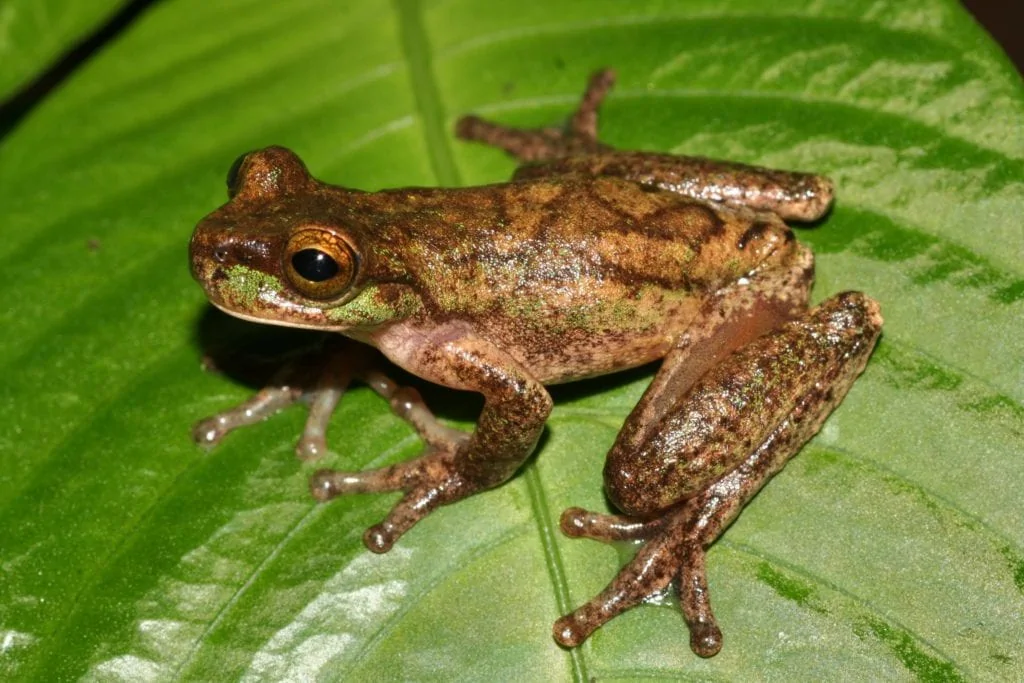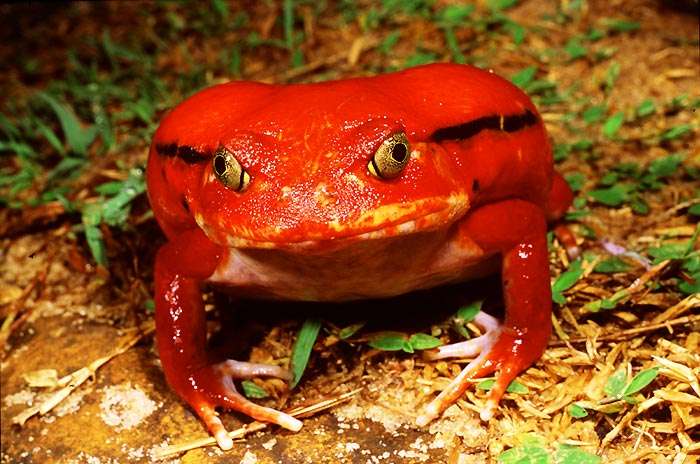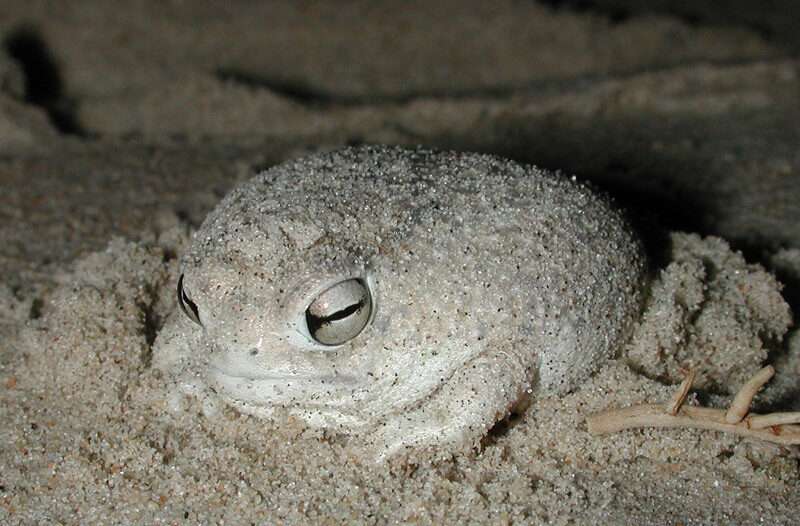
In the family Hylidae, Isthmohyla rivularis is a rare species of frog. It can be found in Costa Rica’s Talamanca, Central, and Tilarán cordilleras as well as neighbouring western Panama. Thought to be extinct, the species was rediscovered in 2007 in Costa Rica’s Monteverde Cloud Forest when a lone male was located there. A pregnant female and a couple males were spotted in 2008. It has been given the common name American Cinchona Plantation tree frog.
Habitat
Isthmohyla rivularis is found in lower and premontane rainforests along or in clear streams. Males crow from foliage near or drooping over swift-moving streams. Streams are where the tadpoles develop.
In some areas of its distribution, this species was once common, but it has since sharply reduced. Chytridiomycosis is probably to blame for the drop. Selective logging and habitat loss brought on by agriculture have also damaged the species.

Traits
Snout-vent length for males increases to 34 mm (1.3 in) and for females to 37 mm (1.5 in). The snout is round and somewhat short in length. Tympanum visibility is very poor. The fingers are up to one-third webbed and feature huge discs. The discs on the toes are two-thirds webbed and slightly smaller than those on the fingers. The dorsal hue ranges from pale brown to grey. The majority of specimens have a very fine, dark line through the eye. There are occasionally more dark marks. The flanks are typically yellowish although occasionally they might be green or blue. The iris bears black reticulations and is copper in colour.
Reproduction Mean
They can reproduce sexually. They use saltation as a means of locomotion.
Table





